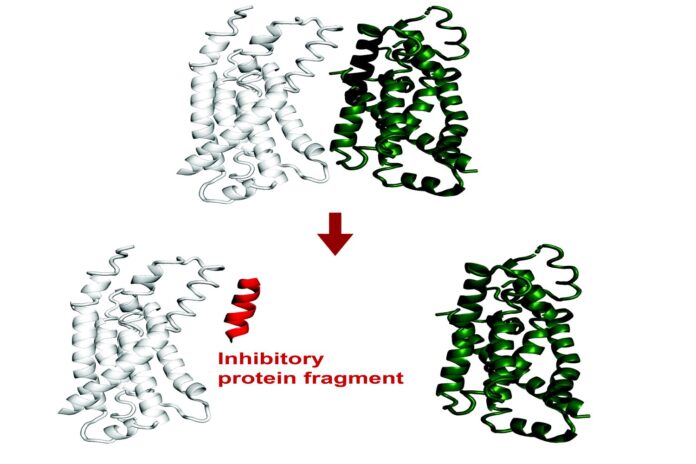Unlocking the Secrets of Protein Interactions
The Power of Protein Fragments
All biological function is dependent on how different proteins interact with each other. Protein-protein interactions facilitate everything from transcribing DNA and controlling cell division to higher-level functions in complex organisms. However, much remains unclear about how these functions are orchestrated on the molecular level, and how proteins interact with each other – either with other proteins or with copies of themselves.
Small but Mighty
Recent findings have revealed that small protein fragments have a lot of functional potential. Even though they are incomplete pieces, short stretches of amino acids can still bind to interfaces of a target protein, recapitulating native interactions. Through this process, they can alter that protein’s function or disrupt its interactions with other proteins.
Protein Fragments: The Key to Unlocking Cellular Processes
Protein fragments could therefore empower both basic research on protein interactions and cellular processes, and could potentially have therapeutic applications.
A New Method for Predicting Protein Fragments
Recently published in Proceedings of the National Academy of Sciences, a new method developed in the Department of Biology builds on existing artificial intelligence models to computationally predict protein fragments that can bind to and inhibit full-length proteins in E. coli. Theoretically, this tool could lead to genetically encodable inhibitors against any protein.
Meet FragFold
The work was done in the lab of associate professor of biology and Howard Hughes Medical Institute investigator Gene-Wei Li in collaboration with the lab of Jay A. Stein (1968) Professor of Biology, professor of biological engineering, and department head Amy Keating.
Leveraging Machine Learning
The program, called FragFold, leverages AlphaFold, an AI model that has led to phenomenal advancements in biology in recent years due to its ability to predict protein folding and protein interactions.
Accurate Predictions
The goal of the project was to predict fragment inhibitors, which is a novel application of AlphaFold. The researchers on this project confirmed experimentally that more than half of FragFold’s predictions for binding or inhibition were accurate, even when researchers had no previous structural data on the mechanisms of those interactions.
Inhibition and Beyond
The researchers accomplished these predictions by computationally fragmenting each protein and then modeling how those fragments would bind to interaction partners they thought were relevant. They compared the maps of predicted binding across the entire sequence to the effects of those same fragments in living cells, determined using high-throughput experimental measurements in which millions of cells each produce one type of protein fragment.
Unlocking the Potential of Protein Fragments
The researchers initially focused on protein fragments as inhibitors because whether a fragment could block an essential function in cells is a relatively simple outcome to measure systematically. Looking forward, Savinov is also interested in exploring fragment function outside inhibition, such as fragments that can stabilize the protein they bind to, enhance or alter its function, or trigger protein degradation.
Conclusion
The discovery of small protein fragments with high functional potential has opened up new possibilities for understanding protein interactions and cellular processes. The development of FragFold, a new method for predicting protein fragments, has the potential to lead to genetically encodable inhibitors against any protein. This breakthrough has significant implications for basic research and potential therapeutic applications. As researchers continue to explore the potential of protein fragments, we may uncover even more surprising and innovative ways to manipulate protein function and unlock the secrets of cellular biology.

